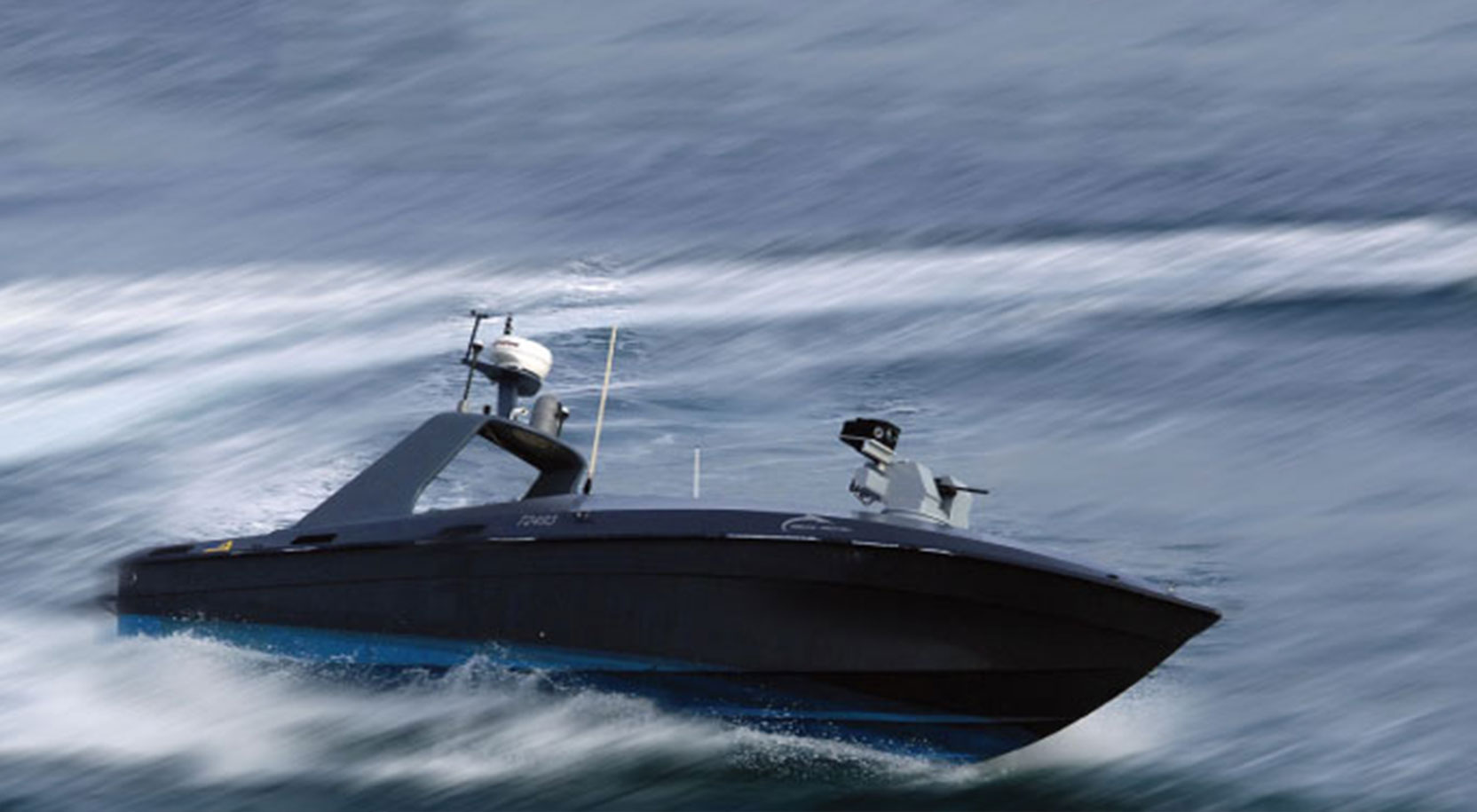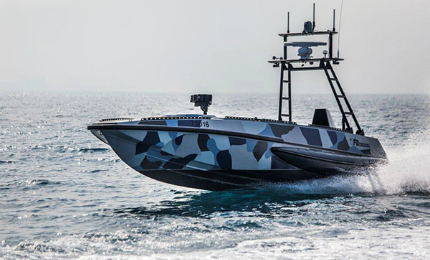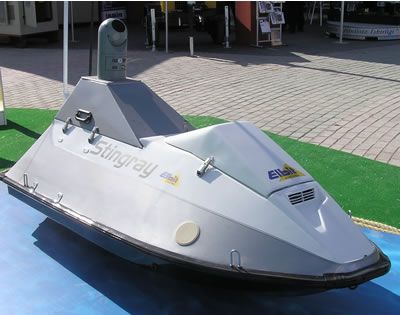The Israeli Navy terminated a programme to use unarmed and armed unmanned surface vessels (USVs) for maritime patrol missions.
This predominantly relates to four USVs:
Rafael Advanced Defense Systems’ Protector USV: it is the first operational combat USV in service. It is fitted with a Mini Typhoon Weapon Station. In 2005, it was deployed by the Singapore Navy to support coalition forces in the Sea of Japan, and was later deployed for anti-piracy duties in the Gulf of Aden. It’s been tested in operations, but will reportedly not be used by Israel, since the programme is scrapped.
Elbit’s Silver Marlin: it was specifically designed for maritime patrol missions. It is equipped with a 7.62mm remote-controlled stabilized weapon station as well as observation and satellite communication systems. It has an endurance of 24–36 hours, with a primary mission of reconnaissance, surveillance, force protection/anti-terror, anti-surface & anti-mine warfare, search & rescue, port & waterway patrol, battle damage assessment, pollution detection & treatment as well as electronic warfare.
Israeli Aviation Industry’s (IAI) Katana: designed for a wide variety of homeland security and naval missions. The vessel allows for both manual and fully autonomous operation. The unmanned combat marine system was unveiled at Defexpo 2014 exhibition held in India in February 2014. A model of the USV was displayed at AUVSI’s Unmanned Systems 2014 show in Florida, US, as well as at Euronaval 2014 International Naval Defense and Maritime Exhibition in Paris, France. It hasn’t seen combat duty.
Elbit’s Stingray: Stingray is a small unmanned surface vehicle (USV) built by Elbit Systems for port security and harbor defense missions. Based on a jet ski design, the vehicle could carry a 150kg payload and was equipped with day and night electro-optical cameras. Stingray debuted publically at the IDEF ’05 exhibition in Turkey.
The Israeli Navy has been experimenting with unmanned boats for many years, for example, with different versions of the Protector – since 2004 (by the way, its export to Mexico and Singapore was reported).
And so, on April 14th, 2020, an article appeared by a fairly well-known author of materials on military-technical topics, Arie Egosi, that the Israeli Navy decided to end the program of surface unmanned boats. Tests of underwater unmanned aerial vehicles will continue, but there are practically no publications on this topic.
It also turned out that the Israeli Navy hadn’t bought any USVs, but rather leased them long-term from Rafael and Elbit. Accordingly, this will reportedly end and there will be no similar programs in the future.
The decision was made as a result of long years of testing. What was determined is that the power-to-weight ratio is low, survivability is poor, and it is quite difficult to control the USVs while at sea.
It is impossible to use them along the coast of Lebanon and Syria for these reasons, and use them only off the coast of Gaza does not make much sense from an economic point of view.
Tests have shown that there are benefits from boats for underwater combat tasks, i.e. combat submarines, search and destruction of mines. These tasks were carried out mainly on Seagull USVs. It is not clear whether the Navy will continue to operate these boats, or, in light of the absence of direct threats in this regard, will curtail their use in the coming years.
On April 22nd, however, Elbit announced that it had successfully integrated the Towed Reelable Active Passive Sonar (TRAPS) for Unmanned Surface Vessels (TRAPS-USV) onboard the company’s Seagull USV.
Integration of the TRAPS-USV enables the Seagull USV to perform on-the-move anti-submarine warfare operations, substantially extending its operative range and further enhancing its flexibility. The integration of the TRAPS-USV follows the recent conversion for operation, by the Israeli Navy, of Helicopter Long-Range Active Sonar (HELRAS) dipping sonar onboard the Seagull USV.
MORE ON THE TOPIC:









